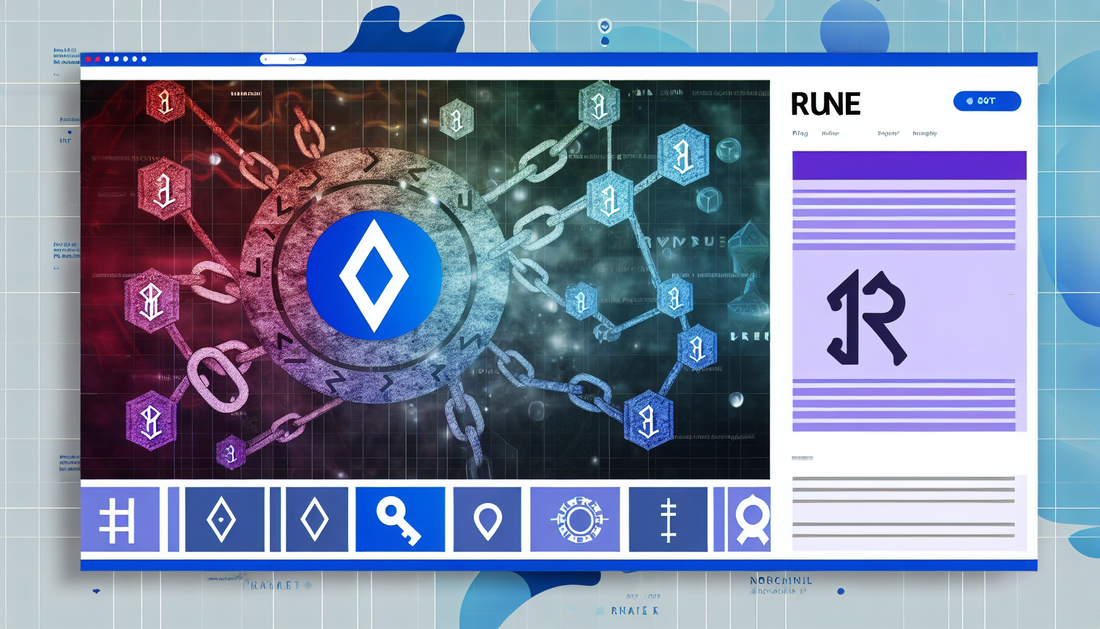
Unlocking THORChain: The Future of Cross-Chain Swaps
Share
Understanding THORChain (RUNE): How It Works
THORChain is a decentralized liquidity protocol designed to facilitate cross-chain transfers without the need for an intermediary. At its core, THORChain enables users to swap digital assets across different blockchains seamlessly. The protocol leverages RUNE, its native cryptocurrency, to maintain liquidity and play a central role in its ecosystem. Here, we delve into how THORChain operates.
Cross-Chain Transfers
THORChain provides a decentralized mesh of liquidity to facilitate cross-chain asset swaps. Unlike traditional centralized exchanges that might require users to trust a third party, THORChain operates without custodians, preventing issues like hacks or mismanagement due to centralized control.
Role of RUNE
RUNE is pivotal to the THORChain protocol, serving multiple functions beyond being a simple transaction medium. Firstly, it acts as a settlement asset, meaning that any asset swapped on THORChain first gets converted into RUNE. This intermediary function allows for efficient and swift cross-chain swaps. Additionally, RUNE is integral to liquidity pools, where it is paired with other digital assets to manage liquidity efficiently, and provides security by aligning the economic incentives of nodes within the THORChain network.
Improved Liquidity through Pools
In THORChain, liquidity is provided by pooling assets together in a decentralized manner. Each pool contains RUNE paired with another asset. By pooling assets, liquidity providers earn fees on swaps, incentivizing participation and aiding in maintaining protocol efficiency. The asymmetric nature of these pools means providers can add any single token (rather than needing to provide equal parts of two tokens), making it more accessible for participants.
Node Operation and Security
THORChain's network is secured by a system of nodes that bond RUNE significantly higher than the value managed by the node. This over-collateralization ensures that nodes have more to lose from misbehavior than to gain from potential exploits, thus aligning their incentives with the network's health. Validators in the network are continually evaluated based on performance, ensuring optimal security and reliability.
Synthetic Asset Creation
THORChain allows for the creation of synthetic assets, a combination of other assets within the protocol, using RUNE as collateral. Synthetic assets increase liquidity and provide more efficient trading options for users aiming for exposure to various digital currencies without direct ownership.
For more in-depth insights into decentralized governance and tokenomics, you might find Decoding Ankr Governance in Decentralized Blockchain an intriguing read.
As explained, THORChain operates without need for intermediaries, and its decentralized structure gives users direct control over their assets, fundamentally changing how cross-chain swaps can be conducted within the crypto space. To start trading RUNE, users can register on Binance.
